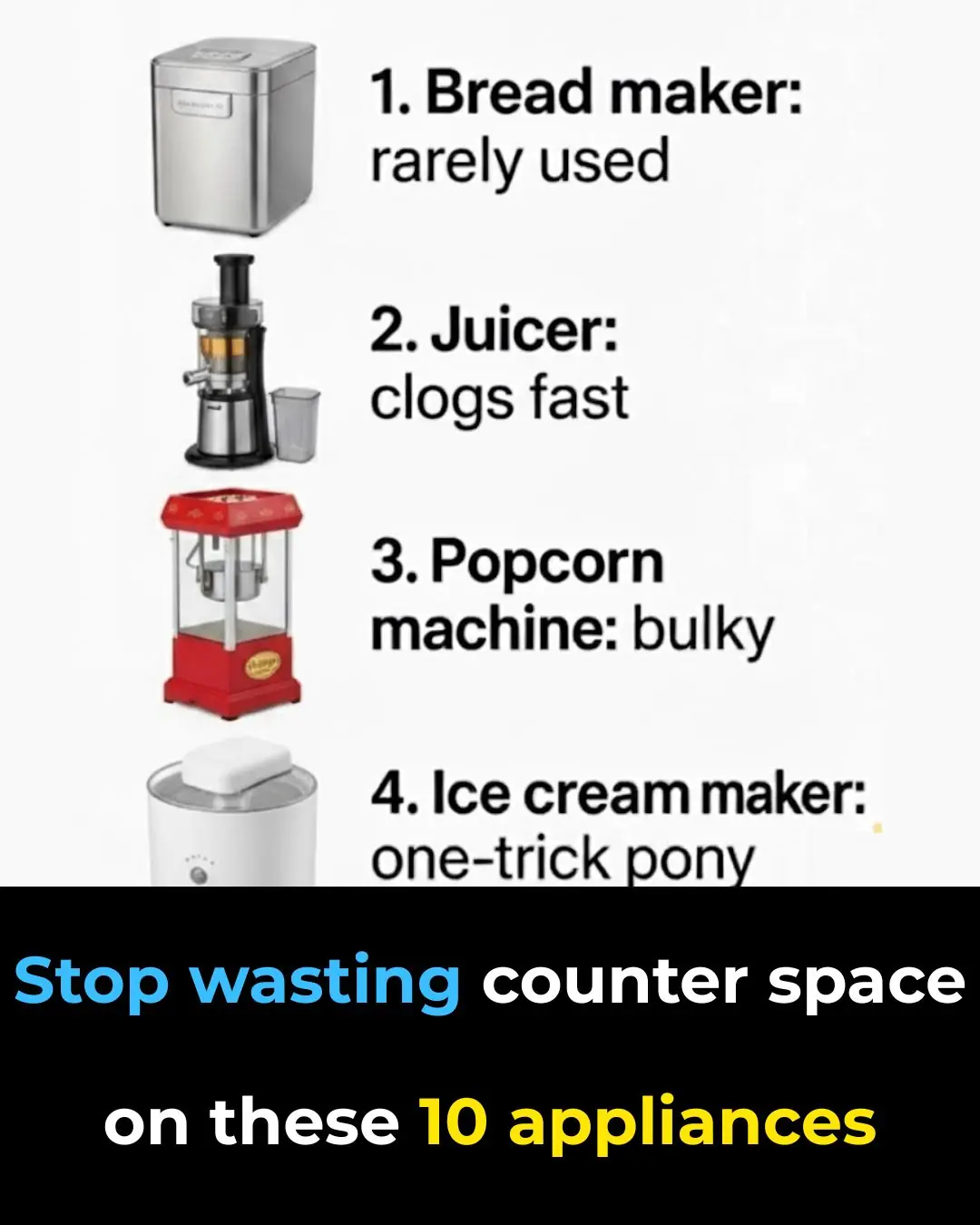
Keyless Cars: What Every Driver Needs to Know
As automotive technology evolves, one of the most talked-about innovations is the keyless car system — allowing drivers to unlock and start their vehicles without using a traditional key. These systems offer incredible convenience, but they also bring unique challenges that every driver should understand.
How Keyless Entry Works
A keyless entry system uses Radio Frequency Identification (RFID) and wireless signals between the car and a small electronic fob. When the fob is within range, it sends an encrypted code to the vehicle’s receiver, unlocking the doors and allowing the engine to start. It’s simple, quick, and efficient — but it also relies on a delicate balance of security and technology.
The Perks of Going Keyless
The primary appeal is convenience. Drivers no longer need to dig through pockets or bags to find their keys — a lifesaver in bad weather or when carrying groceries. Many systems also use rolling security codes, which change each time you use them, making it much harder for thieves to intercept your signal.
Debunking Keyless Car Myths
Despite their popularity, several myths persist. Some people believe keyless cars are easier to steal — but in fact, modern systems use complex encryption to protect against unauthorized access. Another misconception is that the car will shut off if the fob battery dies mid-drive. In reality, the engine will keep running until you manually turn it off.
Security Risks — and How to Prevent Them
The most well-known threat is the relay attack, where thieves amplify your fob’s signal to unlock the car remotely. Thankfully, newer fobs now include motion sensors that stop sending signals when they’re not moving. To stay safe, keep your fob in a Faraday bag (a signal-blocking pouch) and park in well-lit or secure areas.
Insurance and Theft Rates
Because of their advanced safety features, keyless systems can sometimes lower insurance premiums. However, a rise in relay thefts has led some insurers to reassess risks. Staying proactive about your car’s security can help keep premiums stable.
Battery Care and Maintenance
A dead fob battery can be frustrating — but it’s easy to prevent. Replace the battery every 1–2 years and keep a spare on hand. Most keyless cars also include a mechanical backup key or emergency start feature, so you’re not stranded if the fob fails.
New Innovations in Keyless Tech
Keyless systems are evolving rapidly. Recent updates include biometric authentication (like fingerprint or facial recognition) and smartphone-based virtual keys, allowing you to unlock and start your car with your phone. These upgrades boost both security and convenience.
Protecting Yourself from Keyless Car Hacking
To protect your vehicle, always:
-
Store fobs in signal-blocking containers
-
Keep software and firmware up to date
-
Use steering locks or immobilizers for extra protection
The Future of Keyless Cars
Emerging technologies like Artificial Intelligence and blockchain security promise to make future systems even smarter and more secure. Imagine a car that automatically adjusts settings based on your preferences or recognizes your driving patterns for predictive maintenance — that future isn’t far away.
Bottom Line
Keyless car systems combine modern convenience with cutting-edge tech. While they come with certain risks, simple precautions and regular maintenance can minimize them. For most drivers, the comfort and ease of keyless entry make it a feature worth embracing.
News in the same category


Inside Gabby Logan’s marriage to husband Kenny Logan – sex-less marriage; affair allegations; wedding day disaster

Concerns for Lisa Snowdon as she admits ‘a few things need investigating’ following scan

Davina McCall reveals she’s been diagnosed with breast cancer in emotional video message

My Nana’s 4-Minute, Zero-Work Hack to Freshen Carpets

Nana’s Timeless Jewelry Cleaning Trick That Actually Works

10 Foods You Should Never Cook in Aluminum Foil — And Why It Could Be Dangerous

Stop Wasting Counter Space on These 10 Kitchen Appliances

Stop Wasting Money on These 10 Paper Products

10 Controversial Winter Watering Tricks That Actually Work

Get Rid of Squirrels for Good by Planting These 10 Squirrel-Repelling Plants

Gentle Stretches to Relieve Sciatica Pain

New Food Stamp Rules Start in November...

‘He’s My Superhero’: Claressa Shields Credits Potential $15M Deal To Guidance Of Lover, Protector, Adviser and Future Baby Daddy Papoose

‘Auto-Tune Led Us Here’: Jermaine Dupri Sets Off a Firestorm After Comparing AI Artists to Milli Vanilli’s Lip-Sync Shameless Story

12-Year-Old Makes History, Swimming From Saint Lucia to Martinique To Raise Awareness For Breast Cancer

Meet The Owner Of The First Beauty Supply In New Paltz, New York

R&B Singer Lucky Daye Has Full-Circle Moment with MLK Day Halftime Performance

Meet Alvin Irby, One of Pepsico’s Black Changemakers Who’s Using Barbershops To Encourage Black Boys To Read More
News Post

Put this thing in a lemon and put it in the corner of the house

Cut up your old jeans instead of junking them. Here are 10 ways to repurpose them

Put raw chicken drumsticks in a slow cooker with these 3 ingredients. You’ll want it every night.

Easy Clove Cultivation: From Seed to Spice

7 Benefits and Uses of Castor Oil

Zachary Levi dishes on being ‘graylisted’ by Hollywood for his beliefs

Inside Gabby Logan’s marriage to husband Kenny Logan – sex-less marriage; affair allegations; wedding day disaster

Concerns for Lisa Snowdon as she admits ‘a few things need investigating’ following scan

Davina McCall reveals she’s been diagnosed with breast cancer in emotional video message

The Amazing 7 Benefits of Cucumber Peels — You’ll Never Throw Them Away Again!

My Nana’s 4-Minute, Zero-Work Hack to Freshen Carpets

Nana’s Timeless Jewelry Cleaning Trick That Actually Works

My nana taught me this hack to relieve joint pain in 5 mins with 0 work. Here’s how it works

10 Foods You Should Never Cook in Aluminum Foil — And Why It Could Be Dangerous

What Does This Little Mark On The Ear Mean

Stop Wasting Counter Space on These 10 Kitchen Appliances

Stop Wasting Money on These 10 Paper Products

1 Minute to “Check Your Kidneys” at Home — See Instantly If They’re Strong or Weak
